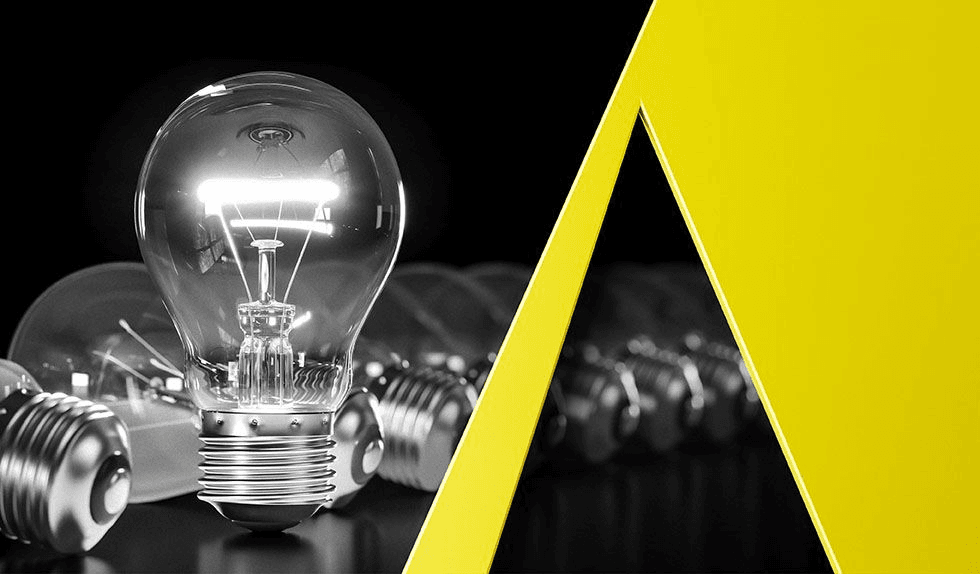At the district court, the patentee sought to recover reasonable royalty damages for the defendants’ alleged infringement of a patent directed to producing a particular human protein used to treat hemophilia. Notably, the patentee’s expert intended to testify that the royalty rate should be 23.75 percent, which was the midpoint of his proposed range. But the defendants moved to exclude his opinion as insufficiently tied to the facts of the case because it was based on the 50-50 split envisaged by the Nash Bargaining Solution. The district court agreed and prohibited the expert from offering his midpoint rate at trial (or any other opinions that relied on it), but still permitted testimony regarding the range of royalty rates that might be considered reasonable. At trial, the patentee’s damages expert opined that, under the Georgia-Pacific factors and the hypothetical negotiation construct, any royalty rate between 5.1 percent and 42.4 percent would be reasonable. The jury ultimately landed at a royalty rate of 17.78 percent and awarded the patentee over $155 million in damages. The defendants moved for judgment as a matter of law or a new trial on damages, but the district court denied the motions.
Affirming, the Federal Circuit held that the “district court properly exercised its discretion in allowing [the plaintiff] to ask the jury to select a rate between the range presented.” As the Federal Circuit explained, there is “no precedent that requires an expert to provide a single proposed royalty rate.” Moreover, juries routinely choose their damages figures from ranges (with the plaintiff’s expert setting the high end and the defendant’s expert setting the low end), and, as long as the range is supported by evidence, the jury is not obligated to adopt one expert’s number over the other’s. Rather, the jury is free to “choose an intermediate royalty rate.” And because the expert here thoroughly “considered and discussed the appropriate Georgia-Pacific factors at length” to determine the endpoints of his range—including by “deriving a maximum royalty rate from the incremental profits [the defendants] would expect to earn from [the accused product], and a minimum royalty rate from the profits [the patentee] would expect to lose by granting a license to [the defendants]”—the Federal Circuit concluded that the expert’s proposed range was methodologically sound and admissible.
In reaching its decision, the Federal Circuit rejected the defendants’ argument “that the district court should have excluded [the expert]’s testimony that the entire range of rates was reasonable because such a conclusion was not in his expert report.” Highlighting the statement in the reply report that “as a matter of economics, any of these royalty rates [i.e., between 5.1 percent and 42.4 percent] would be a feasible outcome to the negotiation,” the Federal Circuit reasoned that the expert’s report was “consistent with his trial testimony” and, in turn, that the defendants’ criticisms about his testimony were “more appropriate for cross-examination” before a jury than legal arguments to a judge.
Practice Tip: The Federal Circuit’s holding establishes that a patent damages expert need not opine on a single, specific royalty rate, and instead may present a range of reasonable rates at trial (provided that the range is tied to the facts and based on a reliable methodology). However—and as the Federal Circuit expressly warned in its opinion—a “party runs the risk . . . of loss to its expert’s credibility on cross-examination if the expert does not identify a single rate.” Nevertheless, it is advisable for an expert to include a range of reasonable royalty rates in his or her report, even if the expert also opines on a single rate that would result from a hypothetical negotiation in case the court finds fault in the methodology used to arrive at that single royalty rate.
Bayer Healthcare LLC v. Baxalta Inc., No. 19-2418, Doc. 67 (Fed. Cir. Mar. 1, 2021)


